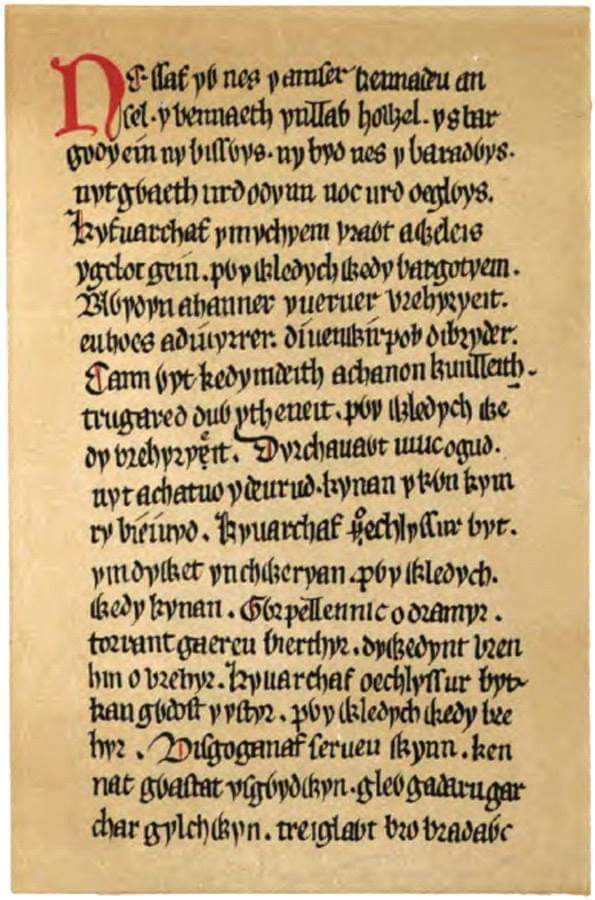
#16 Sources of Welsh Mythology
Share
Although we have covered the basics of Irish Celtic Mythology there is a vast collection of stories and we hope it has whet your appetite to learn more. Hopefully it has given you a taste of the ancient tales of Ireland, a place of mysticism and natural beauty that inspired the Bards of old.
Wales is similarly a majestic country of mountains, hills, valleys and a majestic coastline. Ynys Môn (Anglesey) once connected by land, but now separated by the Menai straits, was once a holy Druid stronghold and numerous megalithic sites, show that humans lived there since prehistory. It should be noted that the divisions of Wales, England and Scotland did not exist in early Celtic times and the earliest known title for Britain is Albion. In Scottish Gaelic Scotland still retains the name Alba.
Like Irish mythology, Welsh mythology and history was passed down orally by Bards and Druids. As invaders and settlers have arrived much of the oral record has been lost or altered. This needs to be borne in mind when looking at medieval Welsh manuscripts. However, the following still provide a treasure of Welsh Celtic legends and mythology and we will look at these in future articles: -
• The Book of Aneirin c. 1265 thought to be a copy of a lost 9th century original, attributed to the late 6th century poet, Aneirin.
• The Book of Taliesin dating from the first half of the 14th century, though many of the fifty-six poems are believed to originate in the 10th century or earlier.
• The White Book of Rhydderch c. 1350 is the earliest collection of Welsh prose texts and poetry.
• The Red Book of Hergest – written between 1382 and 1410 preserves a collection of Welsh prose and poetry, particularly the tales of the Mabinogion.
Other notable sources include: -
• Historia Brittonum c. 828 – A history of the British (Brittonic) people.
• Historia Regum Britanniae c. 1136 – A history of the Kings of Britain by Geoffrey of Monmouth.
Wales is similarly a majestic country of mountains, hills, valleys and a majestic coastline. Ynys Môn (Anglesey) once connected by land, but now separated by the Menai straits, was once a holy Druid stronghold and numerous megalithic sites, show that humans lived there since prehistory. It should be noted that the divisions of Wales, England and Scotland did not exist in early Celtic times and the earliest known title for Britain is Albion. In Scottish Gaelic Scotland still retains the name Alba.
Like Irish mythology, Welsh mythology and history was passed down orally by Bards and Druids. As invaders and settlers have arrived much of the oral record has been lost or altered. This needs to be borne in mind when looking at medieval Welsh manuscripts. However, the following still provide a treasure of Welsh Celtic legends and mythology and we will look at these in future articles: -
• The Book of Aneirin c. 1265 thought to be a copy of a lost 9th century original, attributed to the late 6th century poet, Aneirin.
• The Book of Taliesin dating from the first half of the 14th century, though many of the fifty-six poems are believed to originate in the 10th century or earlier.
• The White Book of Rhydderch c. 1350 is the earliest collection of Welsh prose texts and poetry.
• The Red Book of Hergest – written between 1382 and 1410 preserves a collection of Welsh prose and poetry, particularly the tales of the Mabinogion.
Other notable sources include: -
• Historia Brittonum c. 828 – A history of the British (Brittonic) people.
• Historia Regum Britanniae c. 1136 – A history of the Kings of Britain by Geoffrey of Monmouth.
